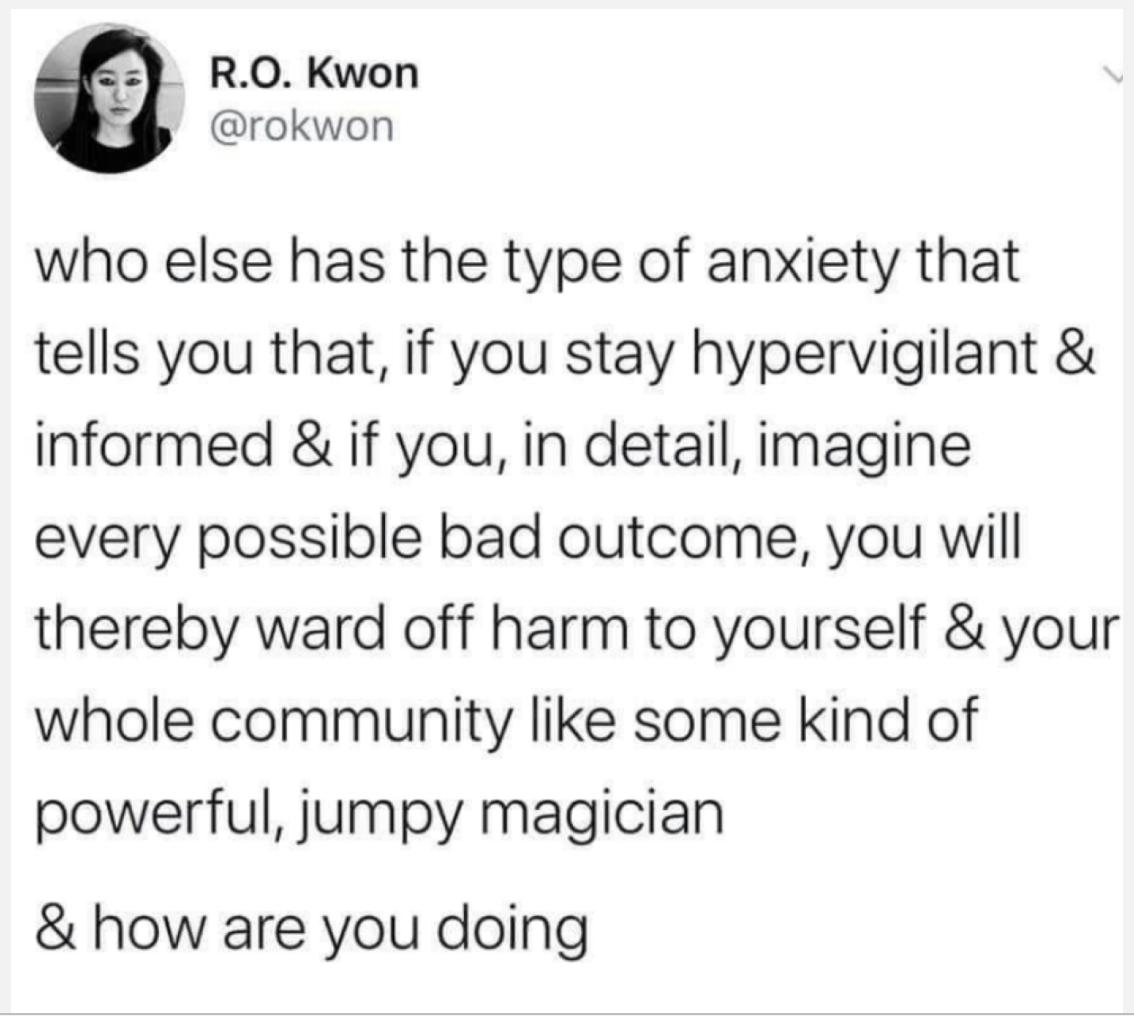Generalized anxiety disorder - PSYC380 - Exam 2
1/16
There's no tags or description
Looks like no tags are added yet.
Name | Mastery | Learn | Test | Matching | Spaced |
|---|
No study sessions yet.
17 Terms
Anxiety disorders
Most common mental disorders in the U.S
Impacts 19% of adults a year
only 31% seek treatment
Fear
Stress response from immediate danger
Anxiety
Stress response from thoughts
Central nervous system’s emotional response to a vague threat of danger
Generalized anxiety disorder symptoms (GAD)
For 6 months or more, the person experiences disproportionate, uncontrollable and ongoing anxiety and worry about multiple matters
The symptoms include at least 3 of the following: edginess, fatigue, poor concentration, irritability, muscle tension, sleep problems
Significant distress or impairment
Disproportionate
Excessive and unreasonable
Have you ever worried about things for absolutely no reason
Have you worried more than you should have given the circumstances
Uncontrollable
It’s hard to stop worrying and shift your thoughts to focus on something else
GAD sociocultural perspective
If you have experienced danger at some point, you are more likely to develop GAD ex. Hurricane Katrina
Different groups suffer more than others, trans, gay people and women are more likely to experience GAD
Cognitive behavioral perspective on GAD
Looks into basic internal assumptions
Metacognitive theory (CBT on GAD)
People don’t just have thoughts, they have thoughts or beliefs about their thoughts
Positive beliefs (metacognitive theory)
Worrying is useful, it makes me remember to do things

Negative beliefs (metacognitive theory)
Worrying is bad, worrying about the fact that you worry

Intolerance of uncertainty theory (CBT of GAD)
Individuals find it unacceptable for something bad to occur
Needs to know what is going to happen 100% of the time, if not: Anxiety
Avoidance theory (CBT of GAD)
Worrying serves as a distractor from psychological symptoms/discomfort
GAD biological perspective
GABA: Inhibitory messages, eating, aggression, sleeping, fear
The more GABA you have, your fear reactions are reduced
Low GABA leads to hyperactivity, structure differences in the brain can also lead to hyperactivity
Fear circuit (fear circuit is hyperactive)
GAD can be inherited from family members
Biological treatments for GAD
Drug therapies
Benzodiazepines: Increase GABA levels, only provides temporary relief, can be addictive which means they are not prescribed as often
Antidepressants: Targets serotonin and NE which are important parts of fear circuit, not as addictive
What do you start with before cognitive treatments of GAD
Psychoeducation: Teaching clients about their mental health conditions
They can learn to recognize their anxiety when it comes up so they can change how they feel about it
NOT A TREATMENT, it just helps treatment outcomes
Cognitive treatments of GAD
Use CBT therapy
Start with self monitoring (taking notes of thoughts)
Clients become skilled at identifying thoughts and are able to use those skills to work towards the goal of CBT, which is to change maladaptive thoughts